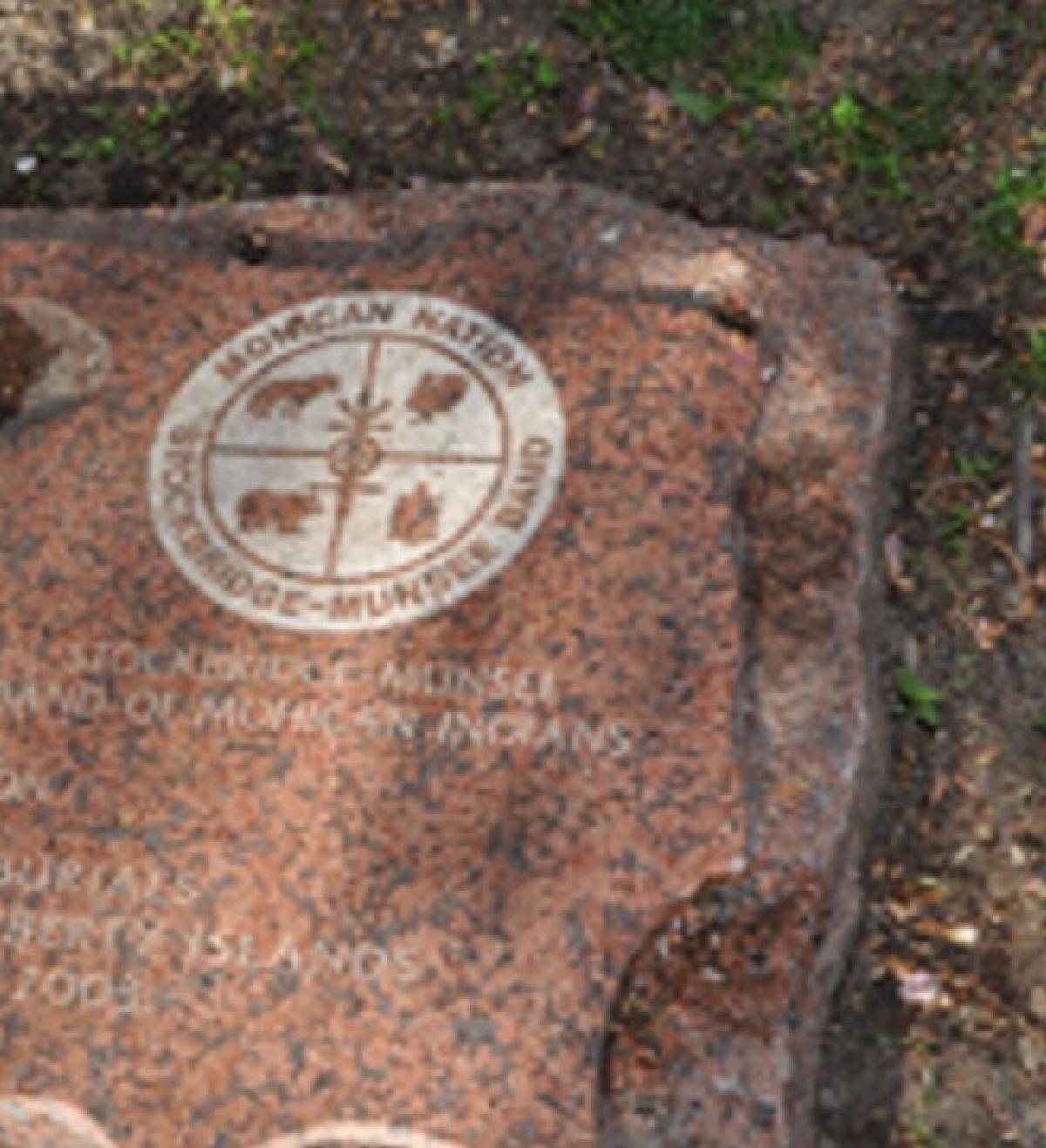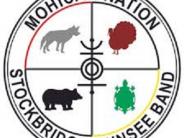- Our Community
- Community Overview City History Community Demographics Chamber of Commerce Events and Activities City Calendar City Parks On-Line Store Cemeteries Local Weather Photo Gallery
- Library School District Public Safety Emergency Management Police Fire ADA Compliance Americans with Disabilities Wall of Honor Wall of Honor
- Grove Regional Airport Grand Lake Association INTEGRIS Grove Hospital Har-Ber Village Lendonwood Garden Playmakers Theatre Cayuga Mission
- Doing Business
- Welcome Visitors
- Grand Lake Association Grove Area Chamber of Commerce Grove Regional Airport Playmakers Theatre
- Cayuga Mission Har-Ber Village Lendonwood Garden Grand River Dam Authority (GRDA)
- On-line Store Photo Gallery Events Where to Eat Where to Stay Where to Park in Downtown Grove Wolf Creek Park & Boating Facility
- Inside City Hall
- Contact City Hall Staff Directory Submit a Complaint or Comment City Code Comprehensive Plan Jobs - Equal Opportunity Employer Non-Discrimination Download Employment Application Submit Employment Application
- Agendas and Minutes City Council Boards and Committees Convention and Tourism Bureau Economic Development Authority Municipal Airport Authority Municipal Service Authority Planning and Zoning Board Zoning Board of Adjustments ADA Compliance Americans with Disabilities
- Departments Administration Airport Buildings and Grounds Community Development Economic Development Finance Fire Emergency Management Municipal Court Police Public Works Utility Services
- Helpful Resources
- Alerts and Notifications Email Subscriptions Events and Meetings Agendas and Minutes City Calendar In the News City News
- Contact the City Staff Directory Submit a Request or Concern Code Red Code Red Login Documents and Forms Documents and Reports Forms, Permits and Applications Maps
- Social Media City of Grove on Facebook Wolf Creek Park on Facebook Grove Animal Control on Facebook Frequently Asked Questions Frequently Used Numbers Helpful Links
Tribal, Mohican Nation (Stockbridge-Munsee Band)

STOCKBRIDGE-MUNSEE BAND OF THE MOHICAN NATION - The Stockbridge-Munsee are descended from Algonkian-speaking Indians, primarily Mohicans (also spelled Mahican or Mahikan, but not to be confused with the Mohegan Tribe of Connecticut) and Munsee Delawares, who migrated from New York, Pennsylvania, and New England to Wisconsin in the 1820s and 1830s. The Stockbridge originally lived in western Massachusetts and moved to north central New York between 1783 and 1786 to form a new Christian community near the Oneida. Pressures from incoming White settlers caused them to consider alternative places to live.
Hendrick Aupaumut, a Stockbridge sachem (leader), realized the tribe needed to leave New York to evade the negative influences of settlers, and he chose to relocate the Stockbridge to Indiana near the Miami tribe. This plan was delayed by the War of 1812, during which Aupaumut served as an intermediary between the United States and Midwestern Indian tribes, the majority of which were allied to the British. Like many Stockbridge, Aupaumut was Christian and believed his tribe's best chance for survival depended on accepting Euro-American culture rather than resisting it.
Based on his Christian beliefs, Aupaumut rejected the religion of Tecumseh and his brother Tenskwatawa (also known as the Shawnee Prophet), both of whom preached resistance to American expansion and culture. He fought alongside the Americans during the American Revolution, and during the War of 1812 he attempted to convince Midwestern tribes to make peace with the United States. Aupaumut failed in this mission, and the war ended with a United States victory, paving the way for the Stockbridge removal to Indiana.
Click any thumbnail image to view a slideshow

